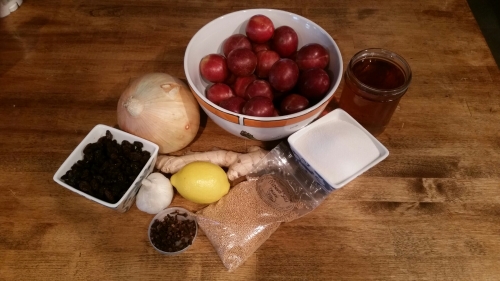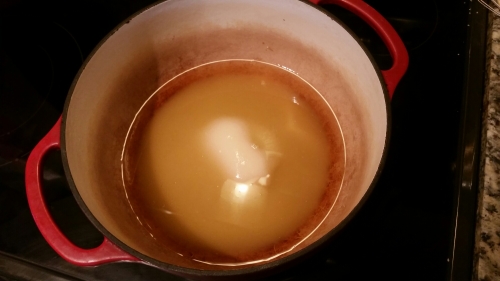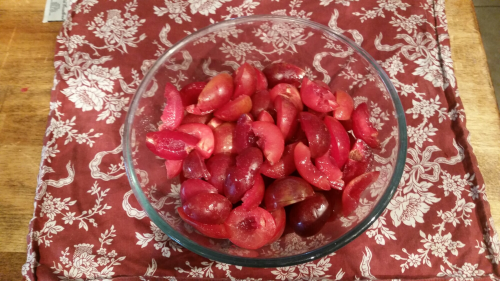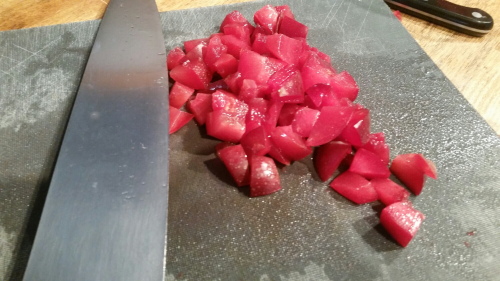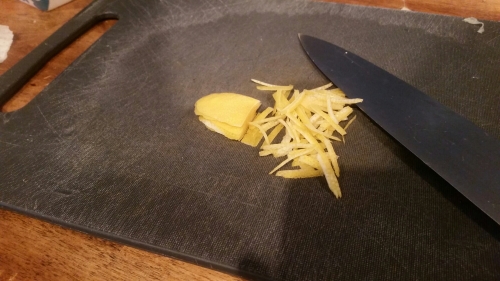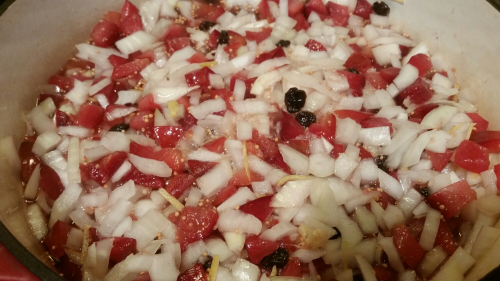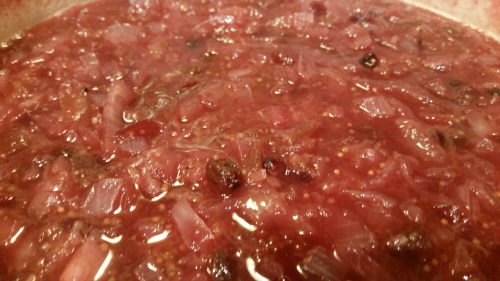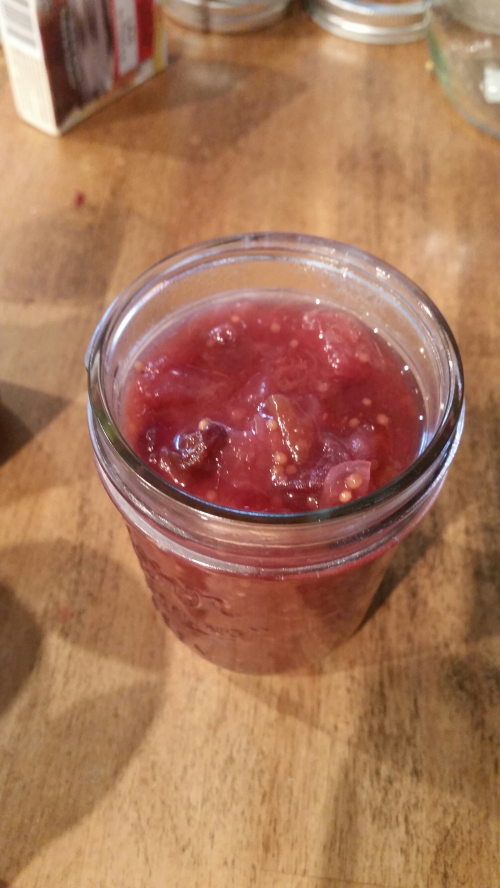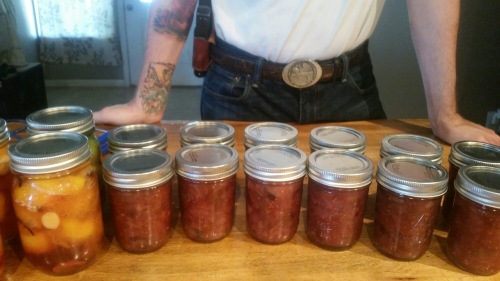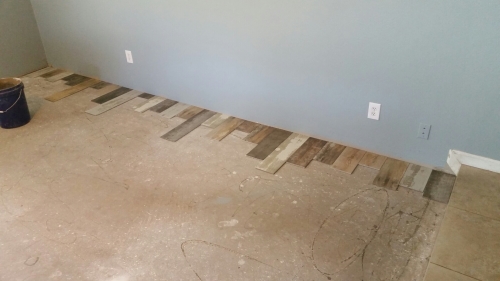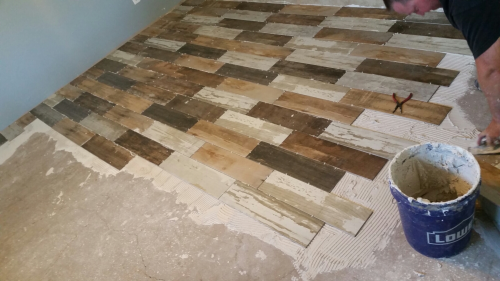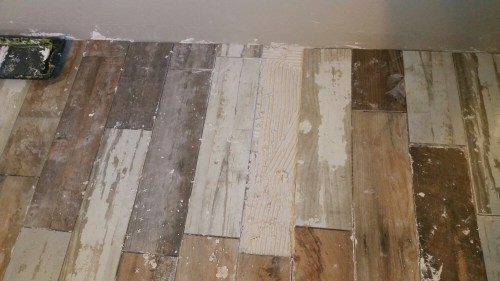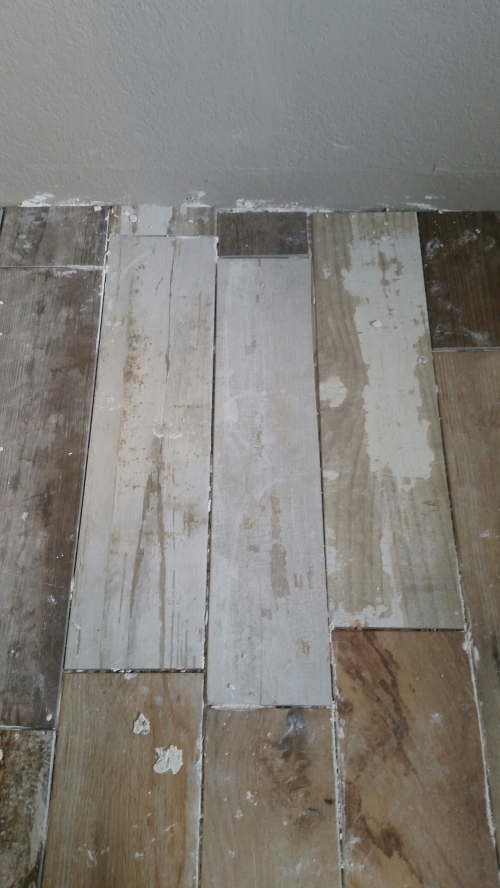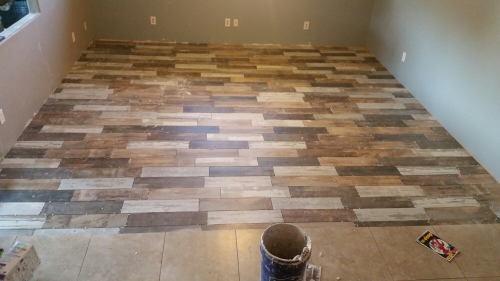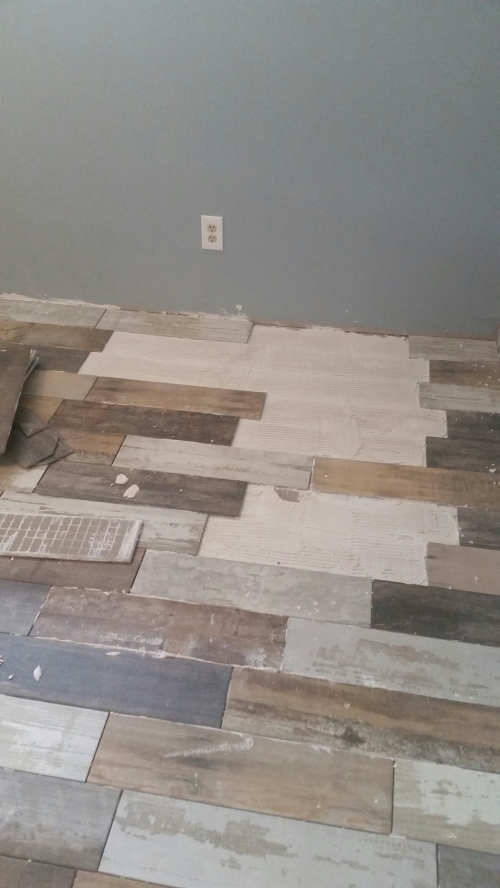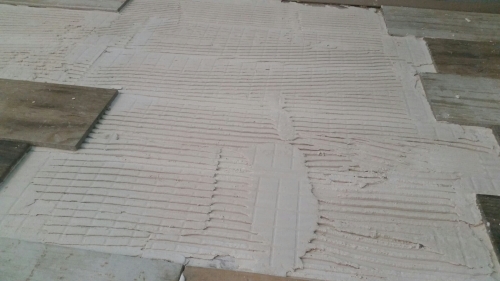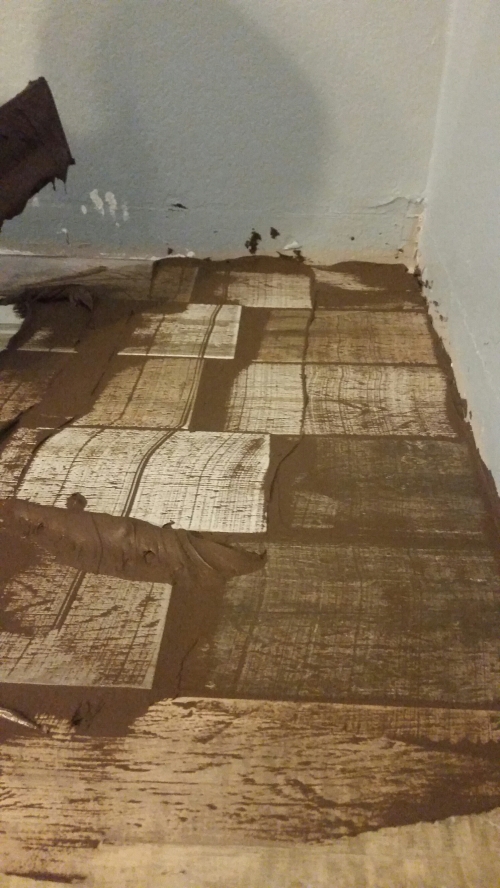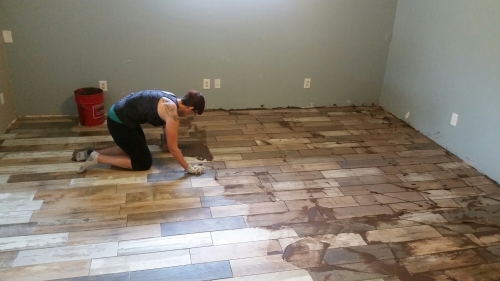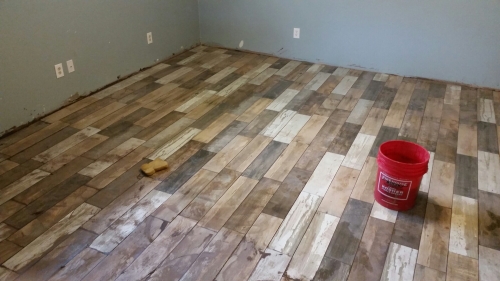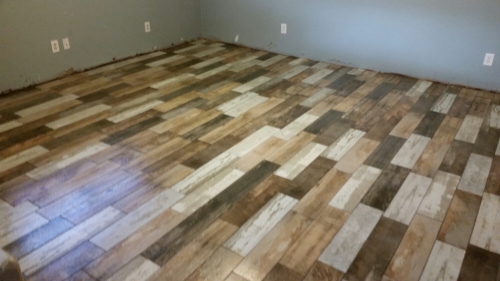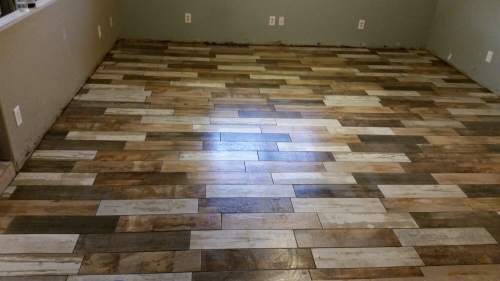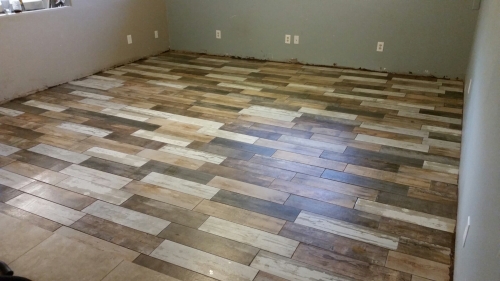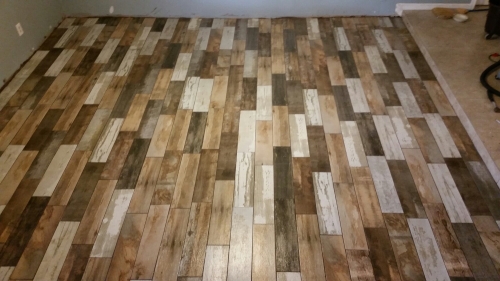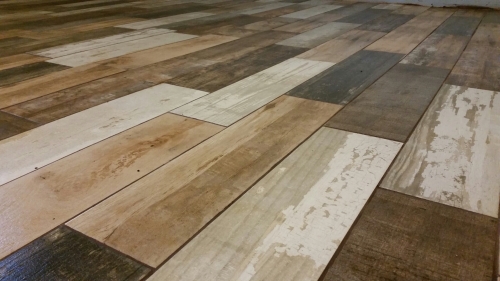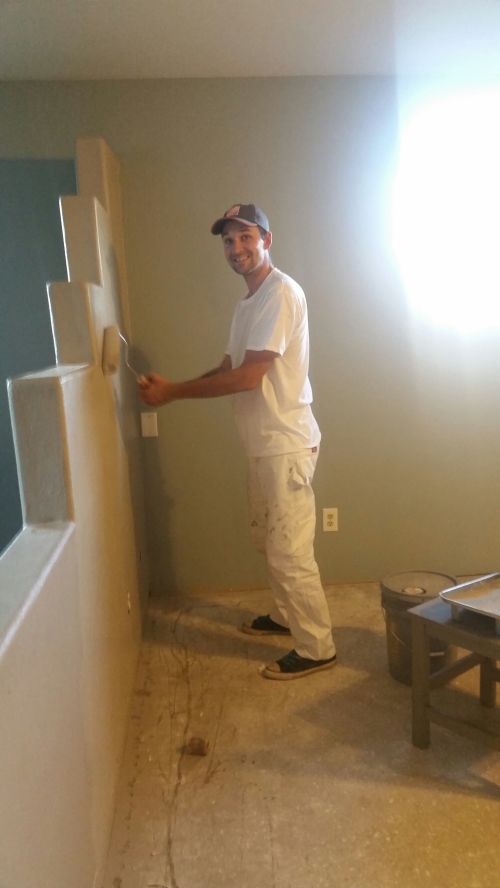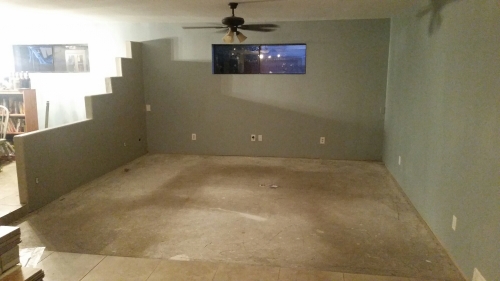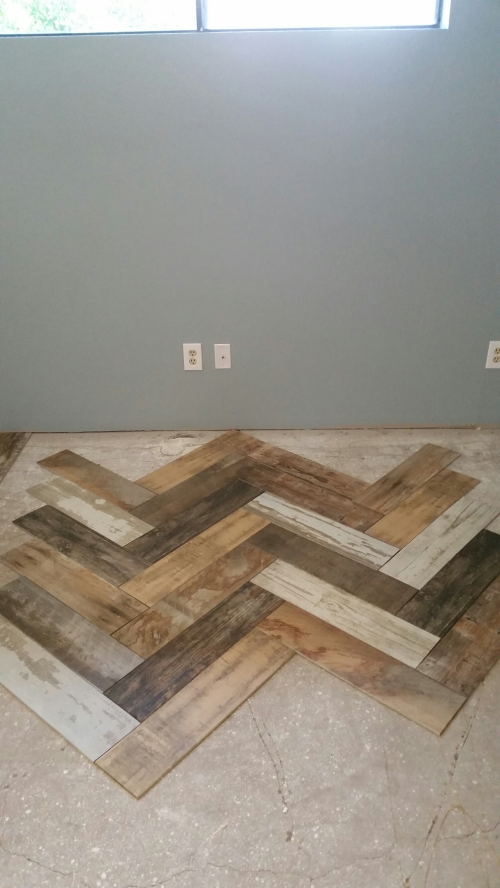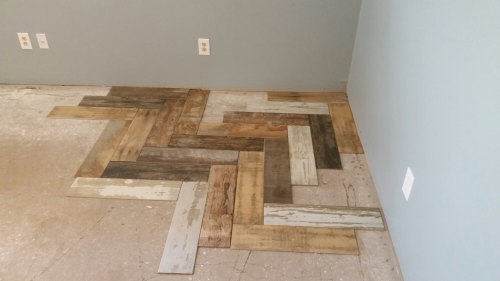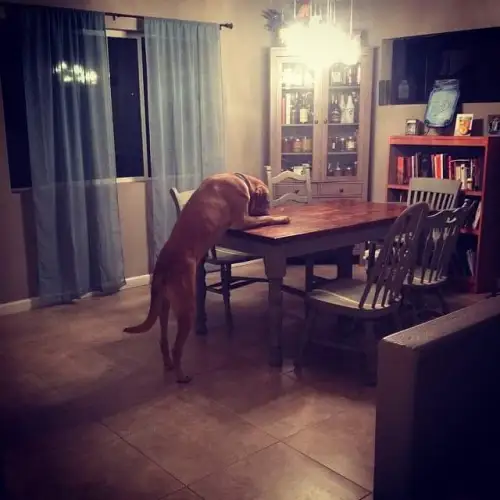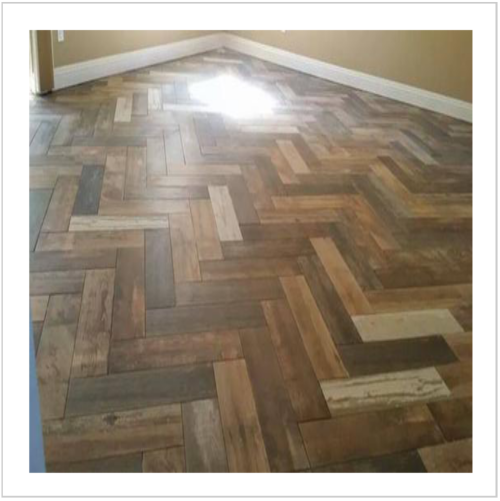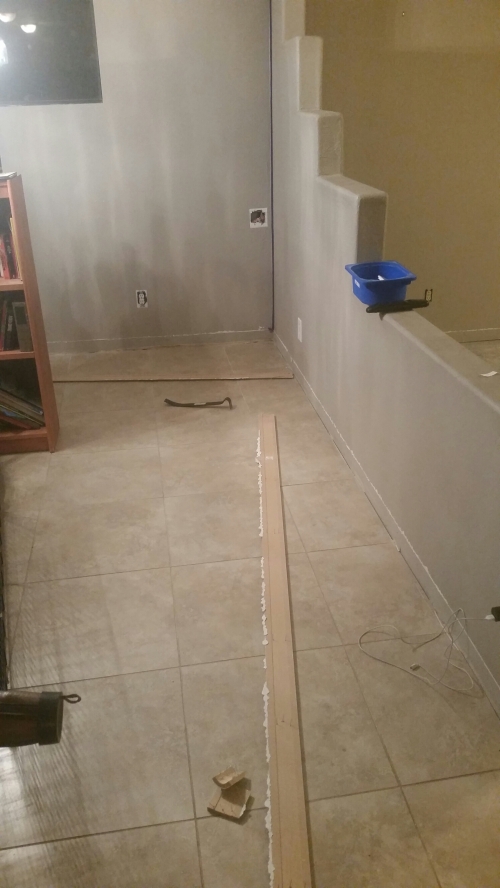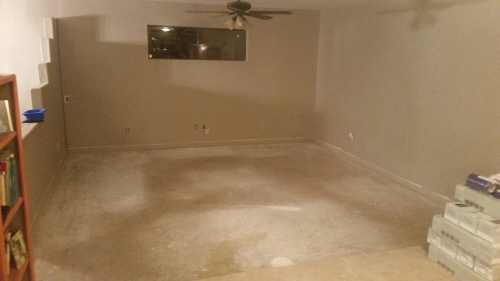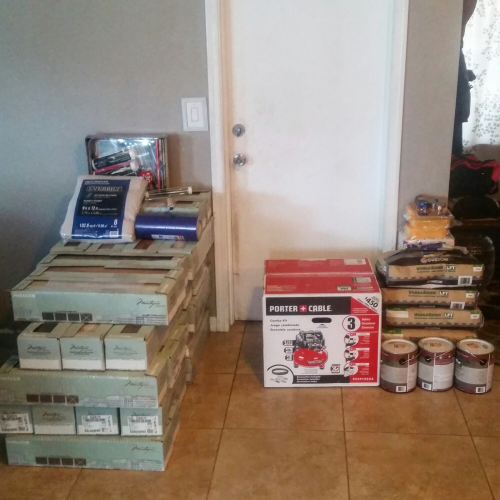So I wanted to share a bit of the process that I went through to come up with my designs.
I love Mason jars with every fiber of my being. I was really trying to sell my canned jams, jellies, pickles etc. However after about two months of investigating I found out that the local government was interested in charging me approximately $900-$1200 in application fees, inspection fees, that fee and this fee. Then I would need to rent commercial kitchen space by the hour, and not only do all my prep work and processing there, but purchase separate equipment (knife, cutting board, canner, etc) to keep there….which requires storage fees. This would run upwards of $300 a month. And I haven’t even purchased jars, fruit, sugar, and pectin yet. As a side business it was not feasible financially. The alternative? Give my recipes to a processor and pay them to make my stuff. Uh, no. Making it is 2/3 of the fun.
Needless to say I was pretty disappointed. A bunch of nanny government rules and fees preventing me from doing something so simple. Unfortunately the cottage food law here only covers cakes, cookies, and breads and doesn’t allow for jams and pickles like Texas’ does.
But I’m an idea man. And I’ve never let a little thing like bureaucracy stop me. So I decided I’d try my hand at selling mason jar related things. My community has several farmers markets and a monthly art walk downtown. My thought was maybe I can get a table and sell mason jar soap dispensers and “sippy cups.” But that wasnt really enough, and certainly wouldn’t suffice for an art walk.
I’ve never fancied myself a very artistic person, and generally anything that I draw turns out looking like an eight-year-old did it. So I thought maybe I could buy really cool mason jar art in Etsy (there’s a ton of amazing water colors!) and resell it. But the art walk folks don’t just want art whole sellers, they want artists. And, a lot of the printed stuff is of the 4 public domain jar designs floating around. Boring. So I had to think some more.
Now, I remembered carving in linoleum blocks way back in junior high school, and enjoying that very much. I thought if revisit that. I grabbed a lino block kit from Hobby Lobby and brought it home. After my family went to bed (I work shift work, they don’t) I grabbed a beer, a mason jar, my block and a pencil. I sat at the table and willed the jar on to the block. I’d sketch and erase, sketch and erase, over and over. Until finally I came up with this:


Hmm, not horrible, I guess. So I grabbed the carving knife, and another beer, and 3 hours later I wound up with this:
 Which printed this:
Which printed this:
 Not too shabby. I posted pics on Facebook and Instagram and got some decent feedback. So I thought I’d try some more.
Not too shabby. I posted pics on Facebook and Instagram and got some decent feedback. So I thought I’d try some more.
The 2nd night I sketched out jars had stuff in them. I clicked around online for inspiration since shading and reflection are important, and yet confusing when you’re cutting in negative. I wound up with this (pencil in the left, Sharpie on the right):
 This took longer to carve out, since there was more detail. But eventually I got this:
This took longer to carve out, since there was more detail. But eventually I got this:
 Which printed:
Which printed:
 I like this one because no one, not even I, know what’s in the jar. I’ve heard people say “I love the olives.” Or “those cherries look good” Who knows? Maybe they’re just marbles.
I like this one because no one, not even I, know what’s in the jar. I’ve heard people say “I love the olives.” Or “those cherries look good” Who knows? Maybe they’re just marbles.
But together the two stamps gave me hope that maybe I’m not destined for failure.

Now, my goal was to make one a night for as long as I could. The third night I grabbed more beer, more music, and I sat down to another blank canvas. This time I wanted a larger quart jar, as realistic as I could get it. So I sketched, and erased, and sketched some more. I wound up here:
 I’m pretty proud of that one. For a guy that can’t draw, paint, or take good photographs I was feeling pretty good. Due to the number if letters and fine detail this took me two days to draw and cut. But eventually the block and stamp were done.
I’m pretty proud of that one. For a guy that can’t draw, paint, or take good photographs I was feeling pretty good. Due to the number if letters and fine detail this took me two days to draw and cut. But eventually the block and stamp were done.


While I spent my night whittling away on blocks, I spent my day’s learning how to screenprint. I read a bunch of blogs online, talked to some friends with experience, and even borrowed a simple set up from a friend of mine. I also started setting up an Etsy store. I basically got everything on the website established except for items to sell, and did not make the store go live yet.
Over the next two days I printed my stamps on paper, scanned the image, printed it on a transparency, added one of my favorite canning phrases, and burned my own screens. Then I started printing.
I made towels:


Bags and backpacks:


And some shirts:


I took some of my towels and bags down to a local antique store where I took pictures of them with a more appropriate setting. And with that I “opened my store.”
It’s the American dream, right? I think the best part for me is that I’m not dependent on the income. In fact, I’m likely to spend any money I make on more jars, more fruit, more sugar and pectin, and more things to screen print. That’s an important part for me. This has to stay fun. I don’t want to get to the point where I feel like this is something I have to do but rather something I want to do. So, we’ll see how it goes. I’ve had decent success so far and have filled a handful of orders.
Last night I took a break from screenprinting everything and picked up another block and pencil. I’ve already done three different types of jars and I wanted to mix it up. So I decided to add some still life around the jar. After a couple hours of sketching and cutting, I came up with this:

I haven’t burned this image into a screen yet, and haven’t decided whether or not I will. Although a couple of my friends say that they really enjoy this one. I think cutting the woodblocks is at least half of the entertainment for me. Really it comes down to having 2 to 3 hours at night where I can just relax and wind down, knock back a couple beers, listen to some light music, and cut chunks out of blocks. And right now, that works for me.

If you’re interested in anything here, the link to my shop is etsy.com/shop/MasonJarsMixingBowls
If you have any ideas for wood block cuts I’d love to hear them. And if you have anything to share, positive or negative, about the ones I’ve already done I’d love to hear that too.
Happy canning.
